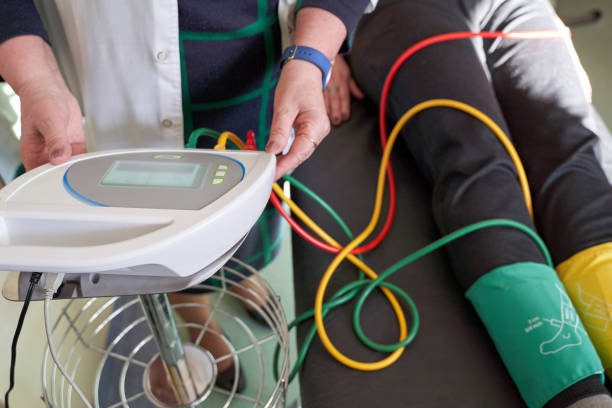İçindekiler Tablosu
Peripheral Artery Disease Symptoms
It is a decrease in blood flow as a result of narrowing or occlusion of the veins in the legs and sometimes in the arms. Peripheral artery disease, It causes symptoms such as pain, fatigue and numbness in the legs.
Peripheral artery diseaseIt occurs as a result of narrowing of the arteries that carry blood to distant parts of your body. This condition leads to reduced blood flow and various symptoms. PAH usually occurs due to atherosclerosis. In this case, plaques consisting of fat, cholesterol and other substances accumulate on the artery walls.
Cramps or a feeling of restlessness are felt in the legs while walking or exercising. This pain usually goes away when you rest. The pain sometimes gets worse when standing in a certain position and decreases when lying down.
The affected leg or foot may feel colder than the other. The skin may become pale, blue, or red.
The pulse in the affected legs may be weak or completely absent. The healing process of small wounds on the feet or legs takes longer, sometimes resulting in open wounds.
Hair loss or abnormally slow growth of nails may occur in the affected area.
Long-term pain, pain that persists even when resting, severe discoloration of the legs or feet. More severe symptoms, such as necrosis, can lead to limb loss if left untreated.
These symptoms may also be a sign of other health problems. Therefore, if you notice prolonged or severe changes, a healthcare professional should be consulted. Early intervention reduces the risk of complications and significantly improves quality of life.
Peripheral Artery Disease Treatment
Peripheral artery diseaseIt is a condition characterized by narrowing of the arteries that carry blood to the legs. This causes reduced blood flow and a variety of symptoms. PAH treatment aims to relieve symptoms and stop the progression of the disease.
Smoking is an important risk factor that worsens PAH. Quitting smoking can improve artery health and slow the progression of the disease. Regular exercise can increase blood circulation in the legs and relieve symptoms.
A diet low in cholesterol and fat and rich in vegetables and fruits can support artery health. Excess weight may increase the risk of PAD. Maintaining a healthy body weight may help reduce symptoms.
Blood-thinning medications can improve blood flow by preventing blood clots. Cholesterol-lowering medications reduce plaque buildup in the arteries and improve blood flow.
Controlling high blood pressure reduces the risk of damage to the arteries. Pain medications may be recommended in some cases for symptomatic relief.
Angioplasty and Stent Placement, A balloon is used to widen narrowed arteries. A stent is placed to keep the artery open.
In Bypass Surgery, a healthy vein is placed over or around the blockage to allow blood to flow around the blockage. Atherectomy is a method used to remove plaque from the arteries.
Diabetes may increase the risk of PAH. Keeping blood sugar levels under control can slow the progression of the disease. Managing high blood pressure is important in maintaining artery health.
Treatment for each patient is customized based on the severity of symptoms, disease progression, and other factors. Regular medical follow-up during the treatment process is very important in managing the disease and preventing complications.
Recovery Process After Peripheral Artery Disease Treatment
Peripheral artery disease The recovery process after treatment varies depending on the treatment, health status and lifestyle changes. Treatment aims to relieve symptoms and prevent disease progression. However, the post-treatment period plays a critical role in the management of the disease.
After interventional procedures or surgery, adequate rest is important for the body to heal. However, prolonged inactivity may increase the risk of blood clots. It is important to start physical activity slowly in the post-treatment period. By following the exercise plan recommended by your doctor, it helps strengthen your leg muscles and improve blood circulation.
Smoking is an important factor that increases the risk of PAD. Quitting smoking after treatment can prevent the progression of the disease. A diet that supports heart health is important during the recovery process. A diet that is low in cholesterol and fat and rich in fiber, vegetables and fruits should be preferred. Excess weight may increase the risk of PAH. Maintaining a healthy weight supports the healing process.
Regular medical check-ups are critical to monitoring the healing process. If new symptoms appear or worsen, you should inform your doctor.
PAH treatment and recovery can be challenging. Getting psychological support from family, friends and support groups can increase your motivation.
Peripheral artery disease The recovery process after treatment varies individually. Some patients may experience a rapid recovery process, while others may experience a longer recovery period. Therefore, it is important to strictly follow your doctor's recommendations and be patient during the recovery process. Adhering to lifestyle changes in the post-treatment period makes a big difference in disease management and recovery.


